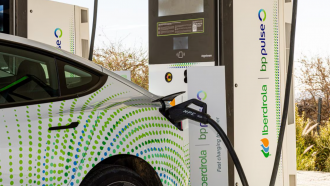Rising volumes of plastic waste in the Great Pacific Garbage Patch are worrying the environmentalists. This fact was unveiled in the first ever aerial survey organized by Ocean Cleanup showing the severity and magnitude of the problem.
The foundation has a mission to rid oceans of plastic pollution and is funded by the Dutch government. It has already announced a cleanup operation mission for 2020 to tackle the widening garbage patch in oceans.
The accumulated plastic waste covers a vast range of items - bigger to smaller micro plastics that are eaten by fish and feared to enter the food chain of humans indirectly.
"The Aerial Expedition - our final reconnaissance mission - brings us another step closer to the cleanup of the Great Pacific garbage patch," noted Boyan Slat, Ocean Cleanup founder and CEO.
He urged all to understand the gravity of the preliminary findings and act with a sense of urgency to address the accumulation of plastic waste in the oceans.
The aerial mission is convinced that the patch is growing enormously. The foundation has many plans to rid the oceans of plastic pollution. In 2015, it led a mapping operation of the plastic patch using a fleet of boats.
However, such a method was found inaccurate compared to an aerial survey. Location-wise, much of the plastic pollution has been determined to run along the currents of the Pacific Ocean between Hawaii and California.
Study Of Plastic Pollution Density
The aerial survey mainly studied the types and density of the materials in the garbage patch.
"In order to solve the plastic pollution problem, it is essential to understand its dimensions," the organization wrote in its blog post.
That is essential in understanding the volume and nature of accumulated plastic and in planning the design of cleanup systems, figuring out how to haul the materials to shore for reprocessing, determining recycling methods as well as calculating cleanup costs.
The core area of the garbage patch is estimated to spread over 1 million square kilometers (386,000 square miles) in the Pacific Ocean with the periphery extending to 3.5 million square kilometers (1,351,000 square miles).
The plastic waste keeps morphing as they get caught in the huge currents of the ocean.
The UN environmental program said the great Pacific garbage patch is growing so quickly that it is starting to become visible from space, like the Great Wall of China.
"Most of the debris was large stuff. It's a ticking time bomb because the big stuff will crumble down to micro plastics over the next few decades if we don't act," Slat added.
Photo: Michael Hohimer | Flickr









